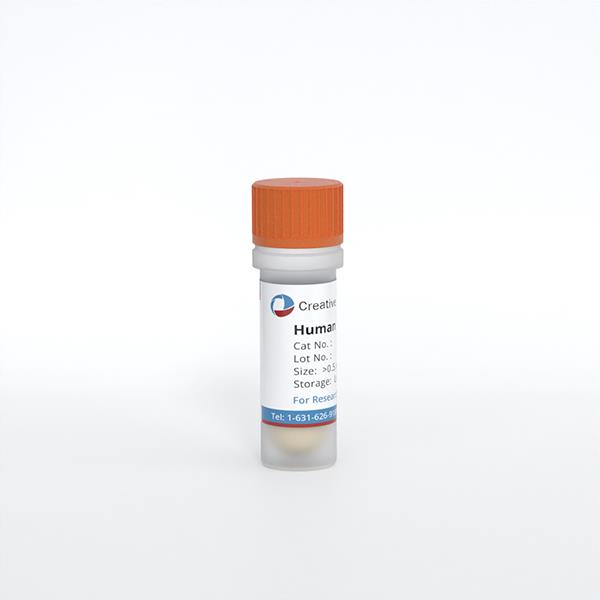ONLINE INQUIRY

Human Bladder Epithelial Cells
Cat.No.: CSC-C4871L
Species: Human
Source: Bladder
Cell Type: Epithelial Cell
- Specification
- Q & A
- Customer Review
Never can cryopreserved cells be kept at -20 °C.
Human Bladder Epithelial Cells from Creative Bioarray are isolated from normal human bladder tissue. The method we use to isolate primary epithelial cells was developed based on a combination of established and our proprietary methods. Prior to shipping, cells at passage 3 are detached from flasks and immediately cryo-preserved in vials.
Our Primary bladder epithelial cells have been tested for the expression of the following biomarkers by immunocytochemistry staining: CK5 (+), CK7 (+), CK8 (+), CK18 (+), P63(nuclear) (+), Adherens junction (AJ) protein E-cadherin (+), Tight junction (TJ) protein - Zona occludens 1(ZO-1) (+) and α-smooth muscle Actin (-).
These cells proliferate very slowly and may take up to 10-14 days to fully recover from cryopreservation. After passaging, the cells may take about 7-10 days to reach 70-90% confluence, depending on the seeding density.
It is recommended to use SuperCult® Complete Human Epithelial Cell Medium (cat# CM-1098X) for the culturing of Human Bladder Epithelial Cells.
Creative Bioarray ships frozen cells on dry ice. On receipt, immediately transfer frozen cells to liquid nitrogen (-180 °C) until ready for experimental use. Live cell shipment is also available on request.
Ask a Question
Average Rating: 5.0 | 1 Scientist has reviewed this product
Great products and excellent support
1) High-quality product 2) Very well organised and excellent support from product delivery and experiment design practicalities.
13 Nov 2022
Ease of use
After sales services
Value for money
Write your own review

